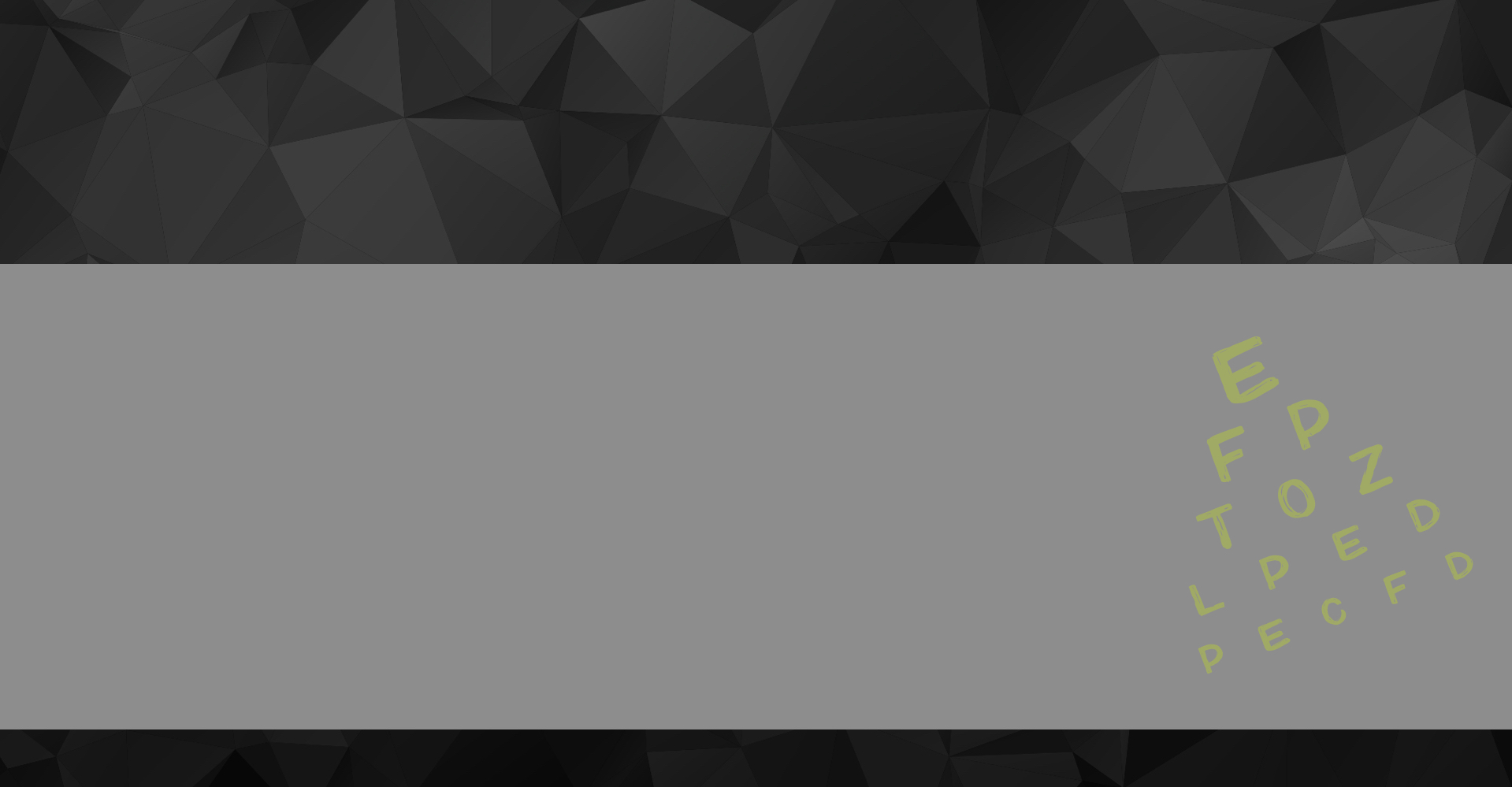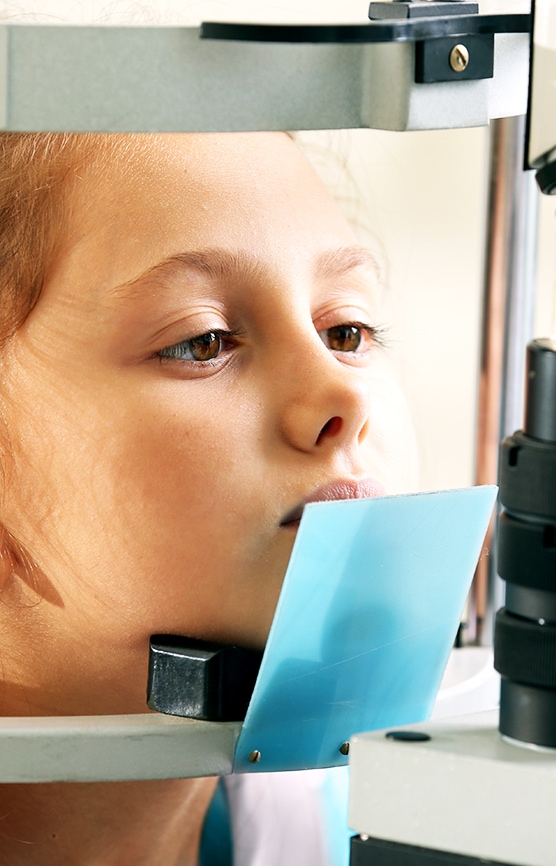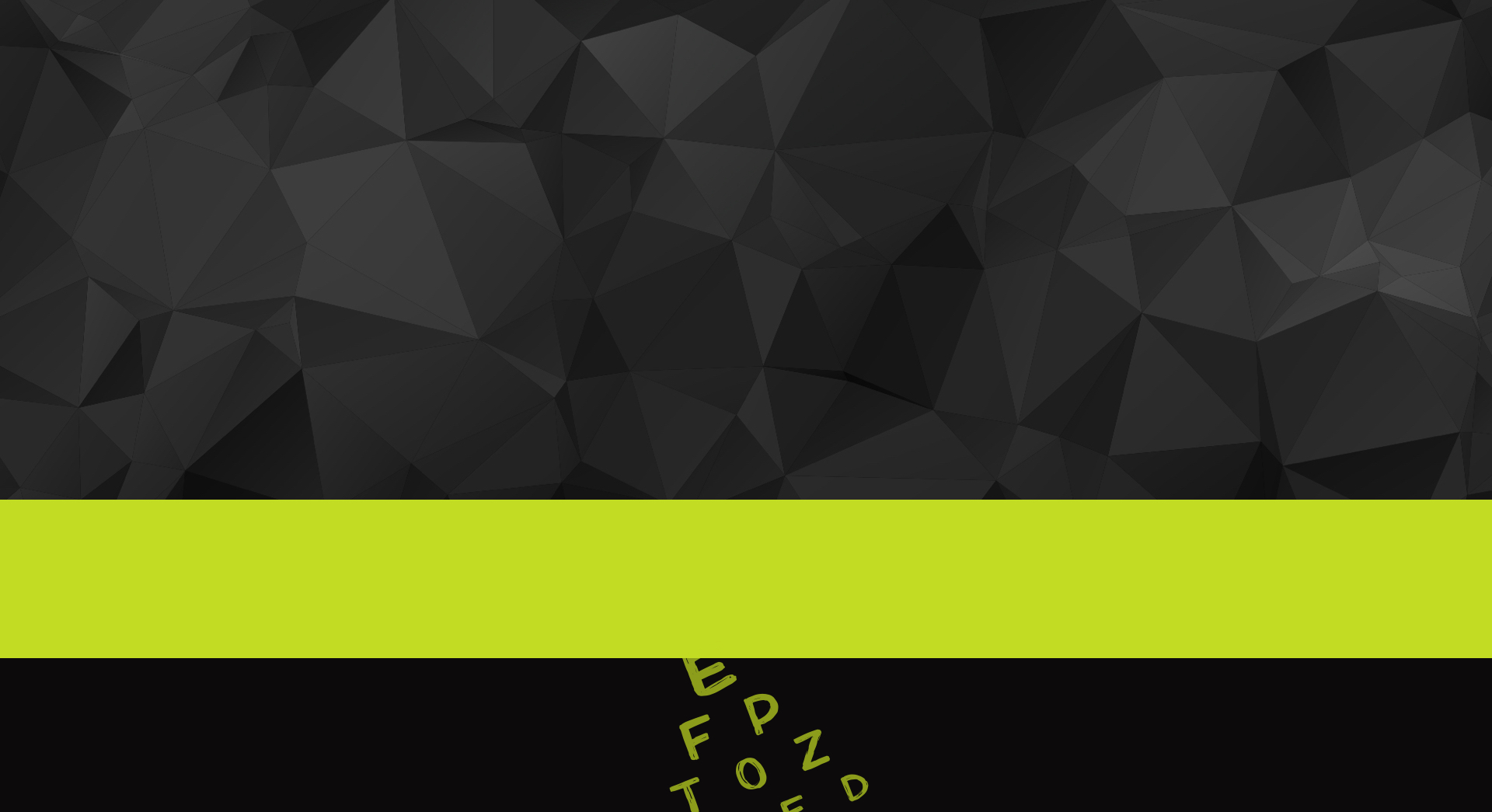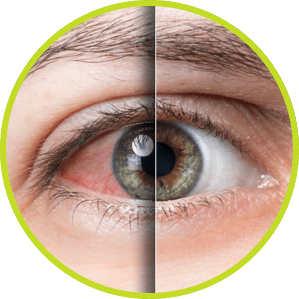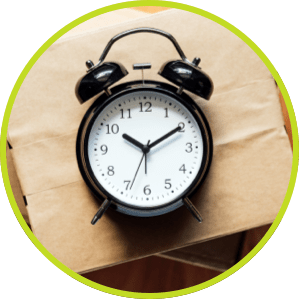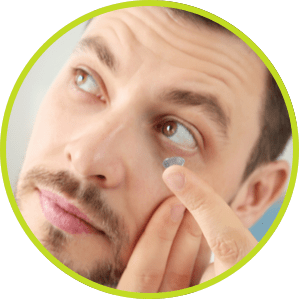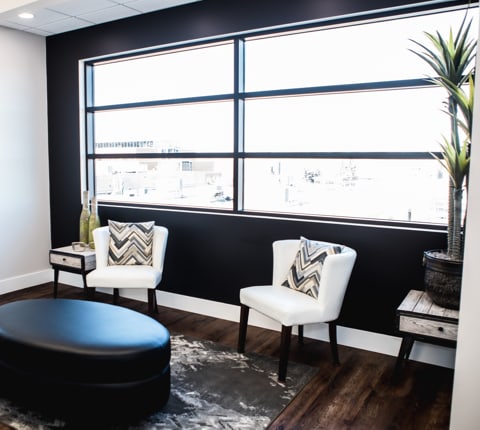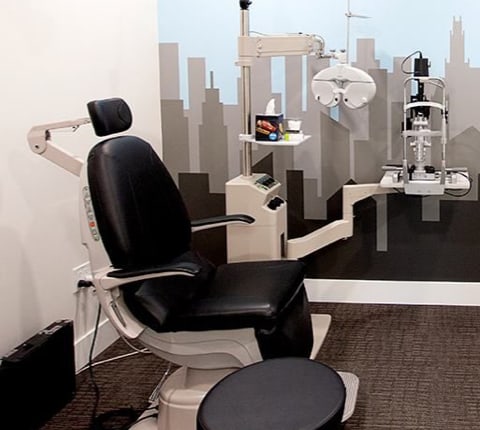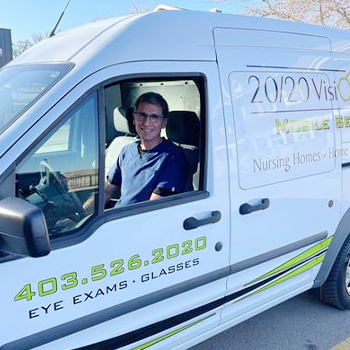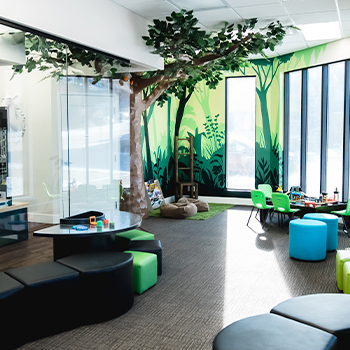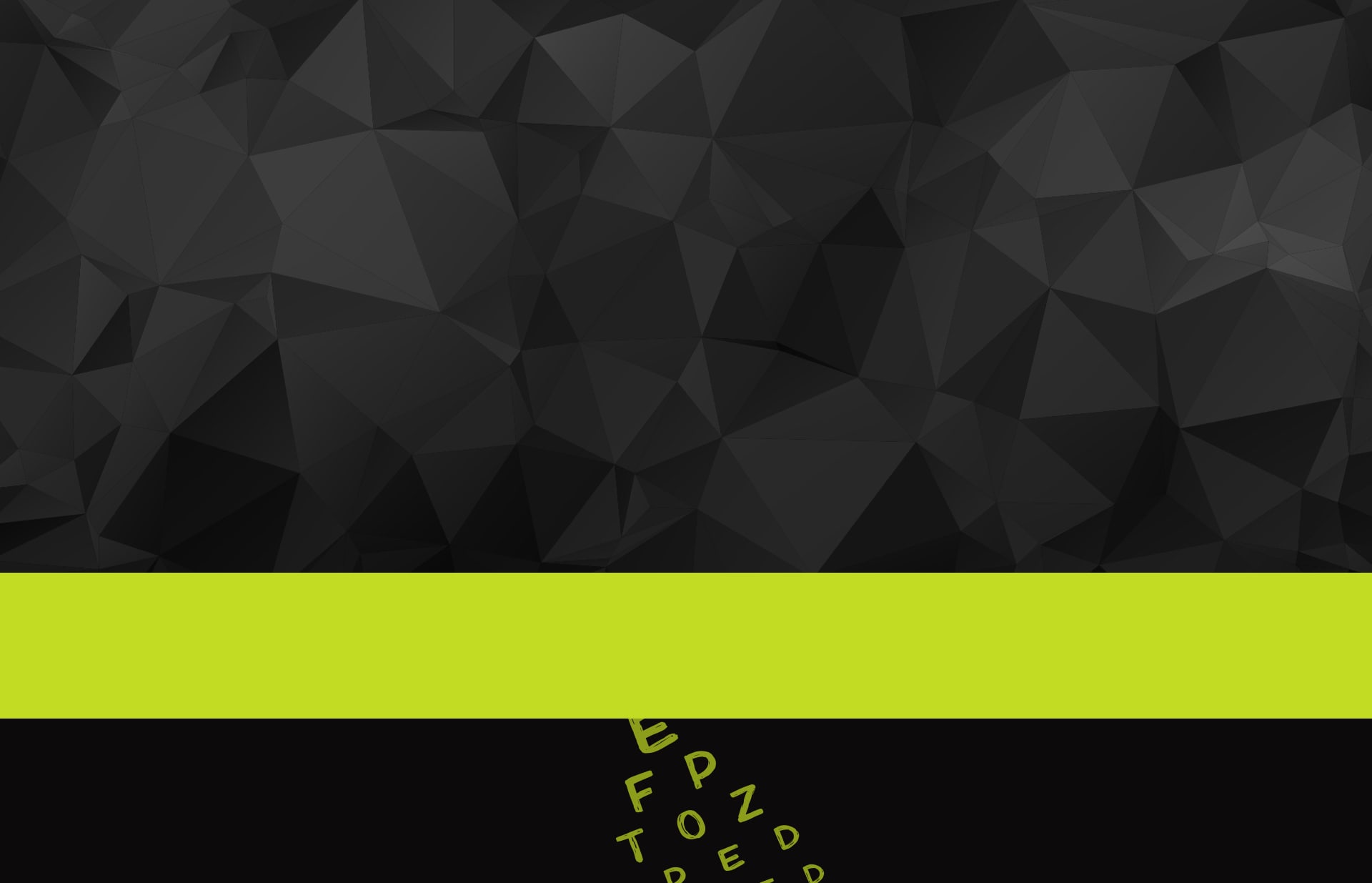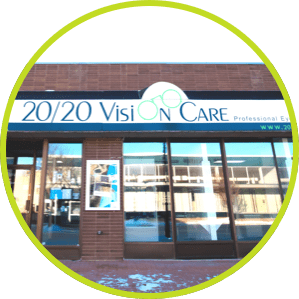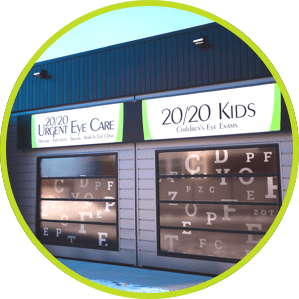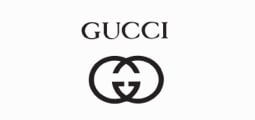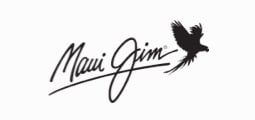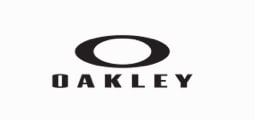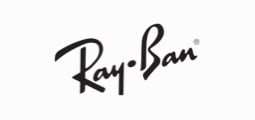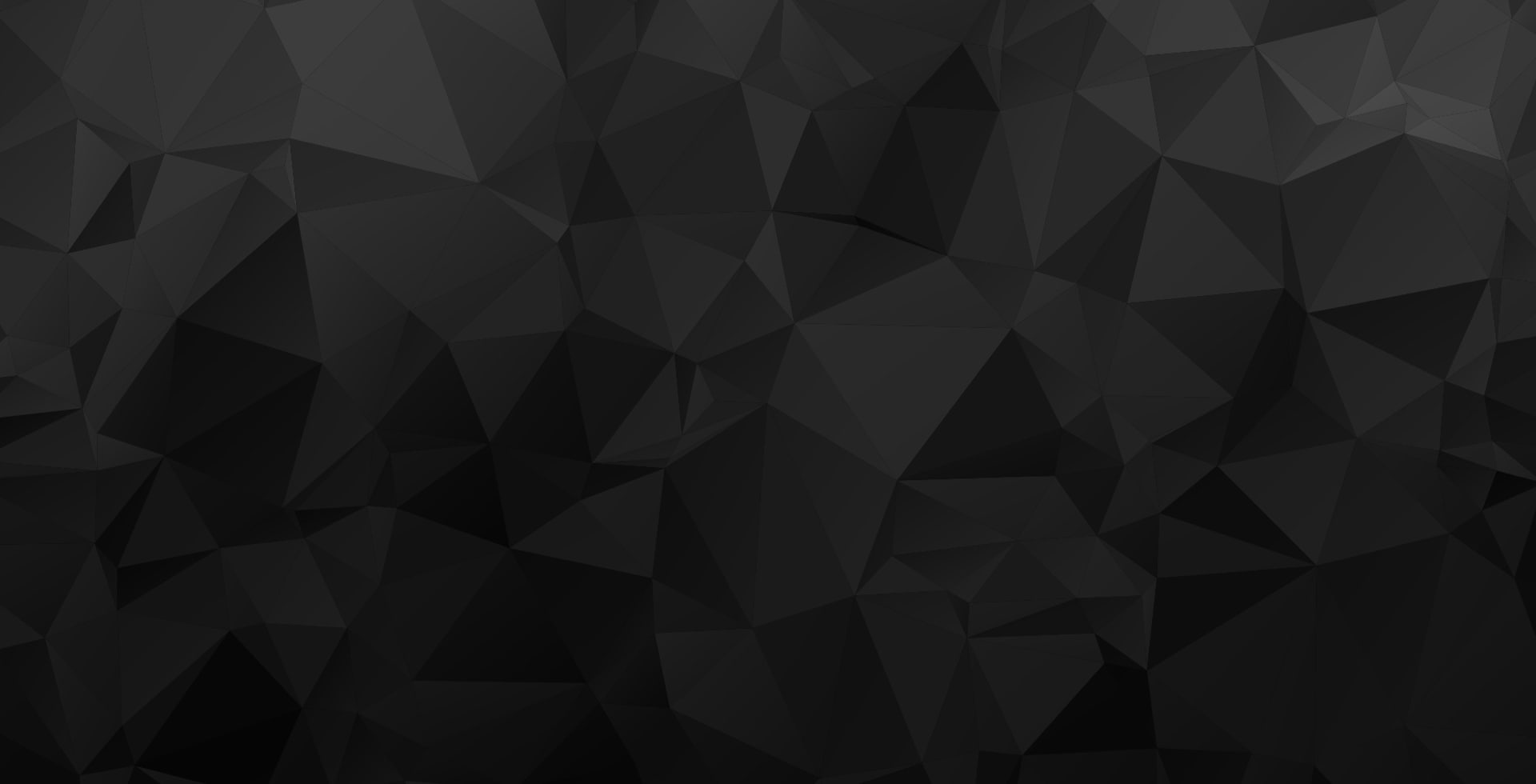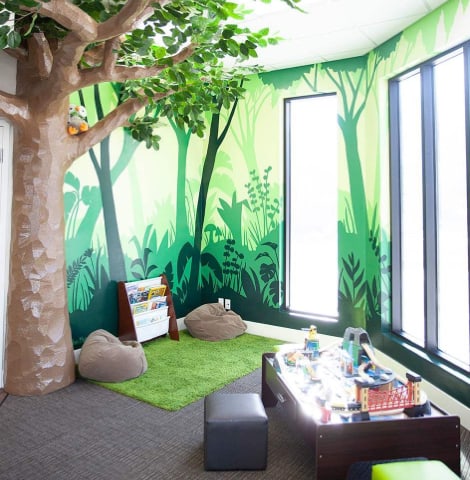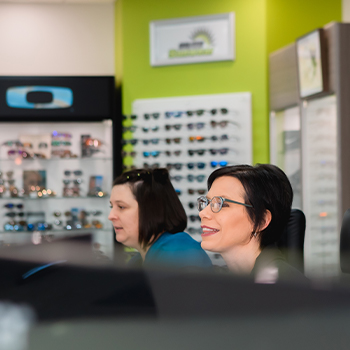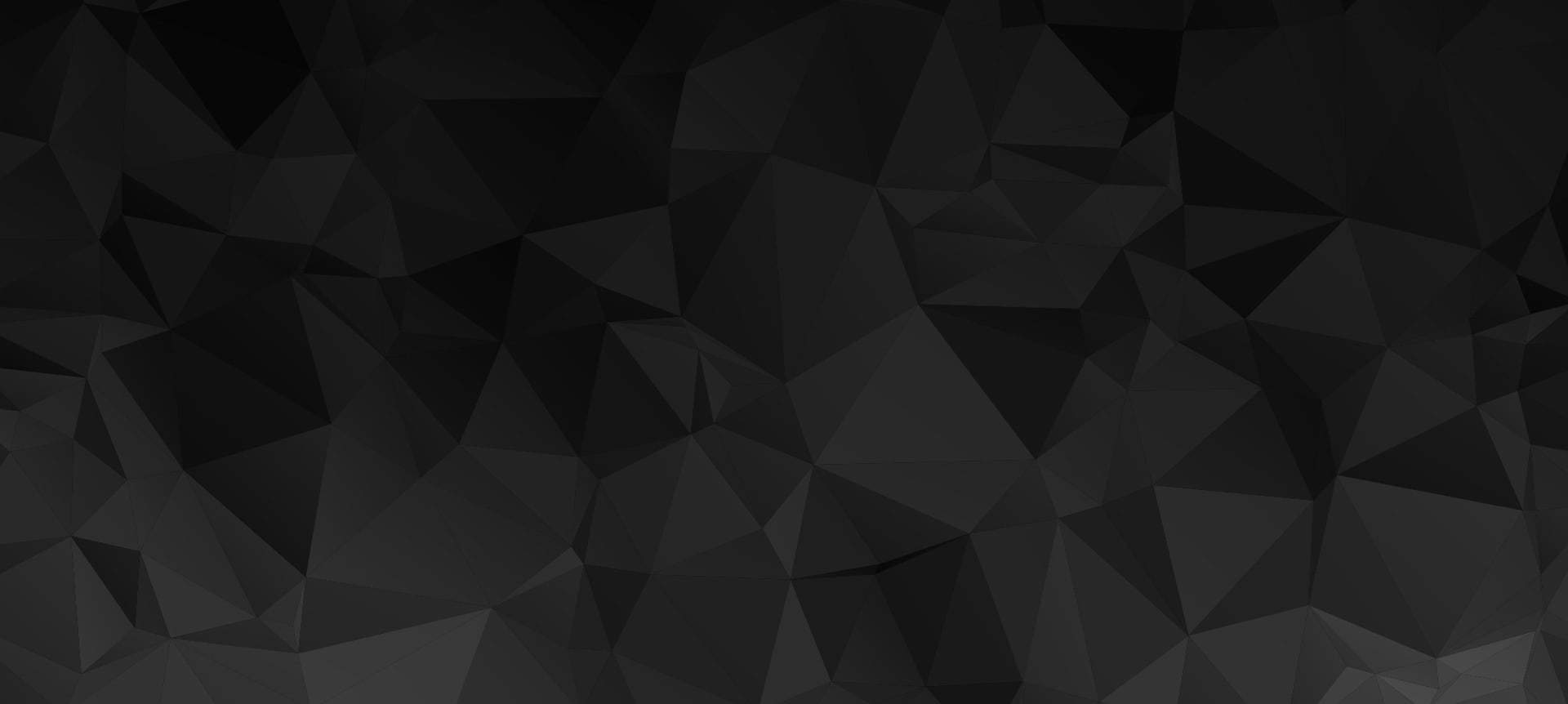Importance of Myopia Management
If myopia is diagnosed in a person’s childhood or teens, their myopia will almost always increase every year until their late teens/early twenties. Many studies have investigated these rates of progression in children and teens and they have found that the rates of change of myopia are rather predictable, depending on the age, race, and prescription of the child. As myopia increases through childhood and the teen years, this is not only a nuisance for the children and teens living through these rapid changes, but it is also an annoying and expensive ordeal for parents due to the frequency of replacing and updating lenses is not cheap.
As optometrists, not only are we very aware of these challenges, but we also have our own concerns with respect to the long term health of the eye. You see, the more myopic a person becomes, the longer their eye becomes, which means that the retina is more stretched. As such, a person with high myopia is much more likely to develop ocular health concerns such as retinal detachments, retinal breaks, early onset posterior vitreous detachments, posterior staphyloma, lacquer cracks, and more.


